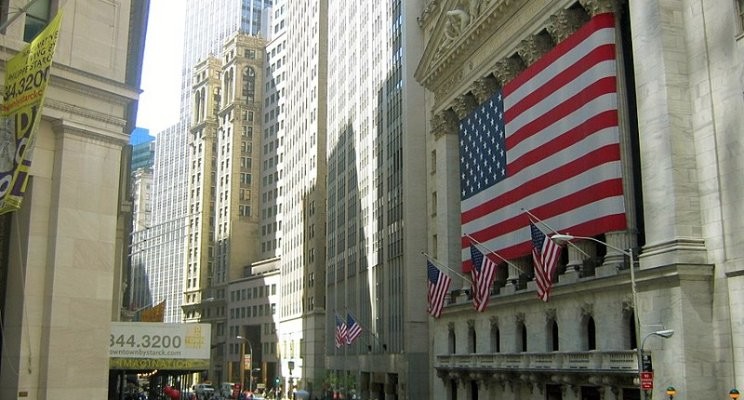
(Photo : LinkedIn)
US markets
- Global markets are shifting due to political events and economic outlooks in the U.S. and China.
- Bitcoin's surge is attributed to Trump's return, while U.S. bond yields rise due to inflation and monetary policy reassessment.
- Trump's policies are expected to stoke inflation and reduce the Fed's scope to ease interest rates.
- The state of global financial markets is influenced by U.S. and China's political events, contributing to market volatility.
The global financial markets are currently experiencing significant shifts, largely influenced by political events and economic outlooks in the United States and China. Asian shares have taken a hit due to weak Chinese markets, while longer-dated U.S. bond yields are on the rise, moving in tandem with the dollar. This comes as investors reassess the monetary policy and inflation outlook in the world's largest economy.
Bitcoin, the world's largest cryptocurrency, has managed to steady itself above $90,000. This surge is largely attributed to Donald Trump's return to the White House, with the perception that his administration will be beneficial for cryptocurrencies. The cryptocurrency last traded 1.7% higher at $90,151, having already soared more than 30% on a two-week rolling basis.
In the broader market, traders responded to a U.S. inflation print that was in line with expectations by increasing bets of a Federal Reserve rate cut next month. However, the monetary policy outlook for 2025 and beyond was clouded by Trump's return to office.
Trump's Policies and Market Reactions
Trump's plan for lower taxes and higher tariffs are expected to stoke inflation and reduce the Fed's scope to ease interest rates. Edison Research projected that the Republican Party will control both houses of Congress when the President-elect takes office in January, which would enable him to pursue his agenda largely unhindered. This uncertainty was reflected in longer-dated U.S. bond yields, which pushed higher in Asia trade on Thursday.
The benchmark 10-year Treasury yield peaked at 4.483%, its highest since July 1, while the 30-year yield hovered near a five-month peak and last traded 2.6 basis points higher at 4.6624%. On the shorter end of the curve, the two-year yield, which typically reflects near-term rate expectations, eased slightly to 4.3088%.
Markets are now pricing in an 83% chance of a 25bp rate cut from the Fed next month, up from about 59% a day ago. However, expectations of Fed cuts next year following Trump's election victory last week have since been pared back.
Asian Markets and the Dollar's Rise
The dollar rode longer-dated Treasury yields higher on Thursday, ignoring the rising bets of a Fed cut in December which would typically be negative for the currency. The greenback rose 0.24% against the yen to last trade at 155.86, while pushing the euro to its lowest level in a year at $1.0551. The Australian dollar ticked up 0.03% to $0.6487, after a slight fall earlier in the session on the back of a downside surprise on employment.
In China, the mainland CSI300 blue-chip index fell 0.16%, while the Shanghai Composite Index lost 0.24%. Hong Kong's Hang Seng Index slipped 0.34%. Investors were left unimpressed by Beijing's latest support measures to shore up an ailing economy, after the country's finance ministry unveiled tax incentives on home and land transactions on Wednesday. China's property market is grappling with a prolonged downturn since 2021 and remains a major drag on the world's second-largest economy.









